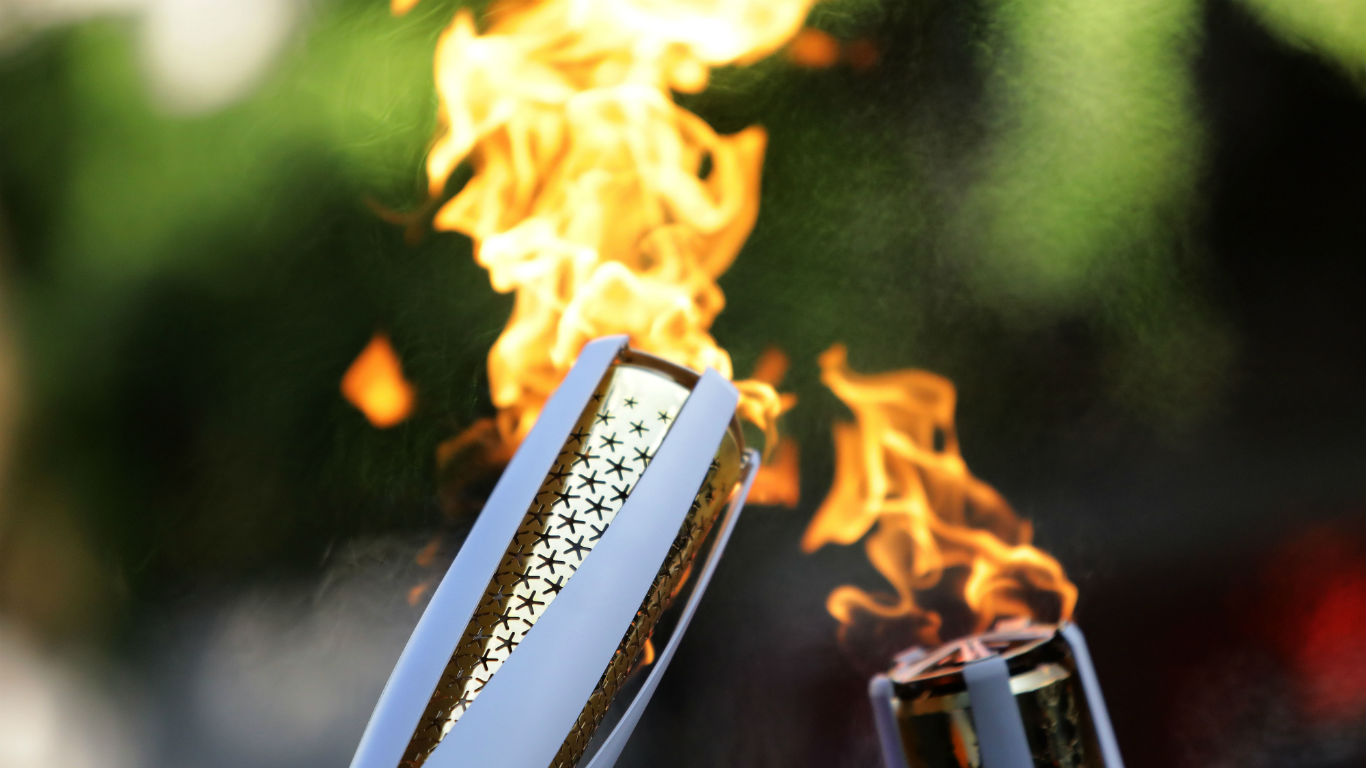
Hosting the Olympics is considered prestigious, and cities vie for the honor for years in advance, despite the significant financial resources required and staggering logistics needs.
Preparing a locale to host thousands of athletes and throngs of spectators requires building venues for competition and arranging for housing for the masses — and that’s just the beginning. A city would need to ensure there is proper transportation, vet and license vendors, agree on a logo and mascot, and a zillion other details including the not-so-small matter of security.
With just those few details in mind, it’s no surprise that Olympic host cities spend billions long before the first planeload of athletes touches down. But it’s also amazing how many Olympic villages fall into wrack and ruin not long after the closing torch is snuffed.
Not so for the 21 cities on our list. Each continues to utilize some of the infrastructure established for their moment in the Olympic sun to the benefit of residents and visitors for years to come.
To compile a list of Olympic village that are still used today, 24/7 Tempo looked each host city’s Olympic park’s website to determine what facilities and buildings are still operational.
Click here to see the 21 Olympic Villages that are still used today.
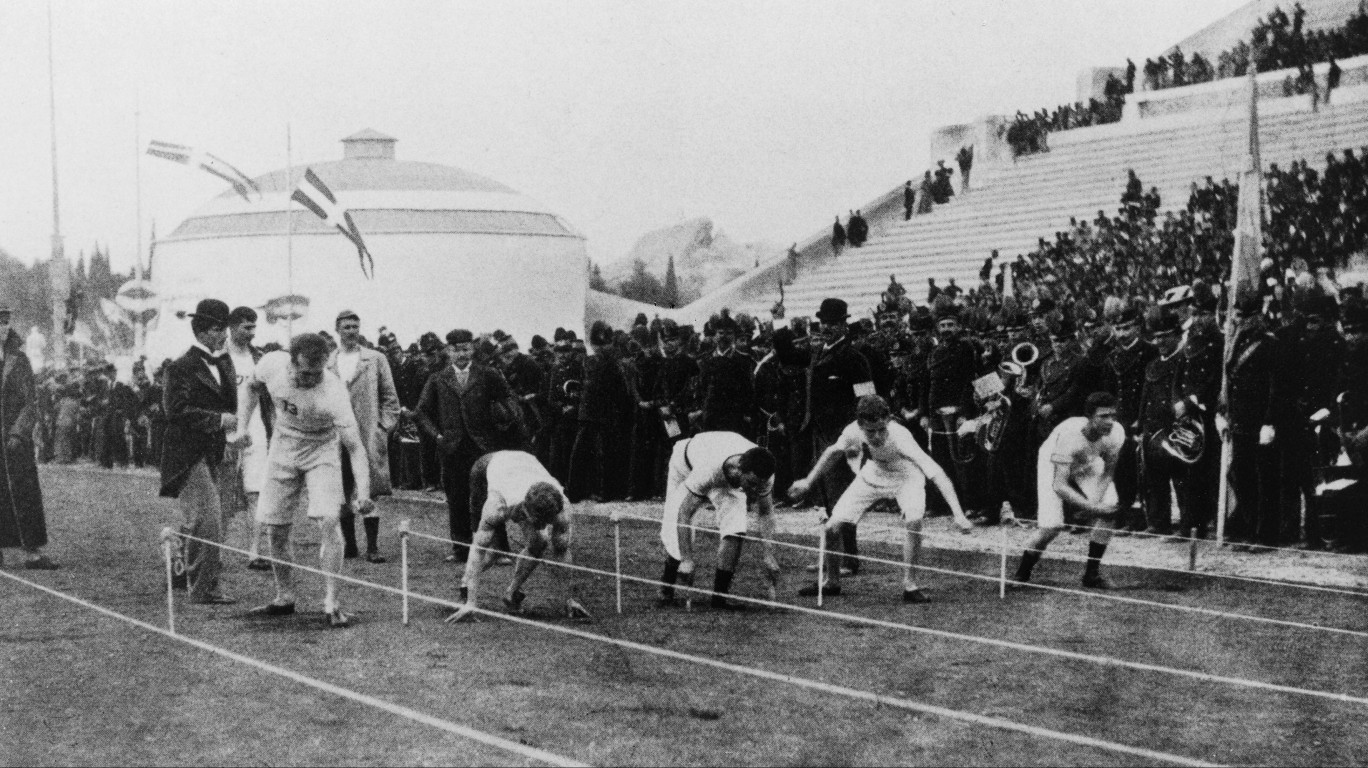
1. Athens, Greece
> Olympic Games: Summer of 1896
Anyone who has watched the Olympics has likely seen Panathenaic Stadium in Athens. That’s where the torch is lit and begins to make its way to the host cities for winter, summer, and youth games. There’s significant history beneath the current edifice: A stadium was erected on that site more than 2,300 years ago. The “new” version was reconstructed for the first Olympic games of the modern era, held in 1896, and it played a role in the 2004 summer games when it was the site of the archery competitions and the finish line for the marathon.
[in-text-ad]
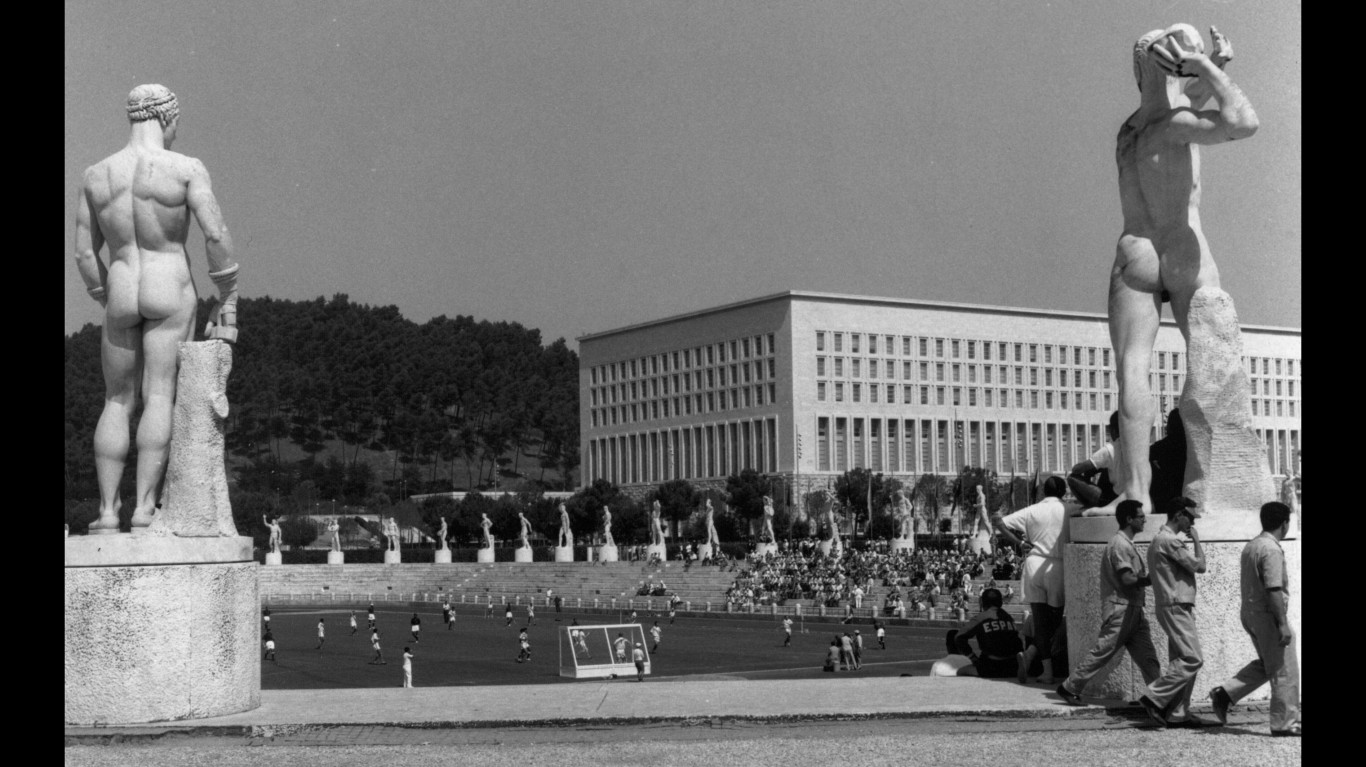
2. Rome, Italy
> Olympic Games: Summer of 1960
In 1960, the Olympics were held in Rome and were televised for the first time. The Eternal City will again host the Olympics in 2020, and everything old will be new again. The village built for the 1960 games will be completely rehabbed for use during next year’s events. Among other changes, the renovations will add green and sustainable features to the elderly structures, which will be used as apartments once the Olympics are over.
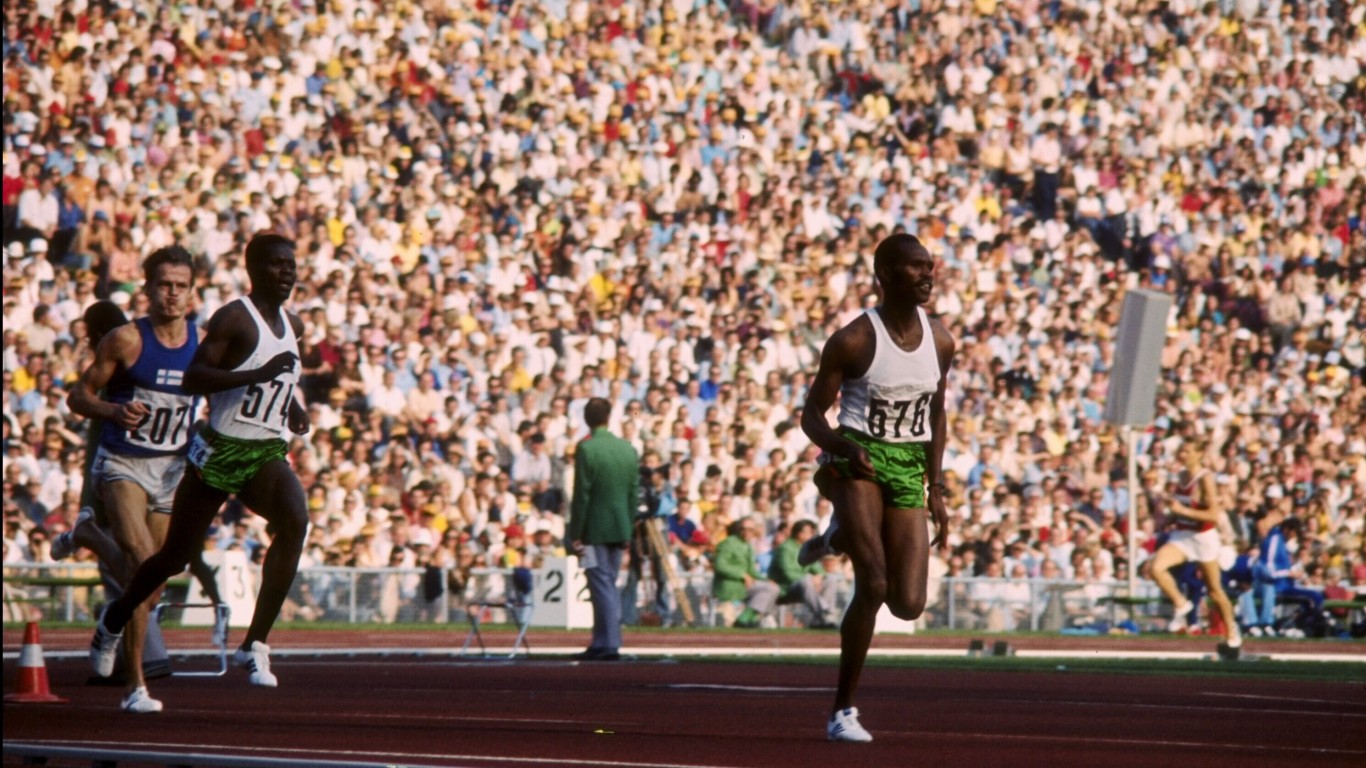
3. Munich, Germany
> Olympic Games: Summer of 1972
Munich’s Olympic housing is still teeming with young people, but with students rather than world-class athletes. To reuse the athlete village as student housing was the goal from the start, as the village was planned to showcase modern construction and urban planning. The former Olympic sports fields are used by student teams now. In the communal areas in the complex, you’ll find a bar, disco, café, film club, and more.
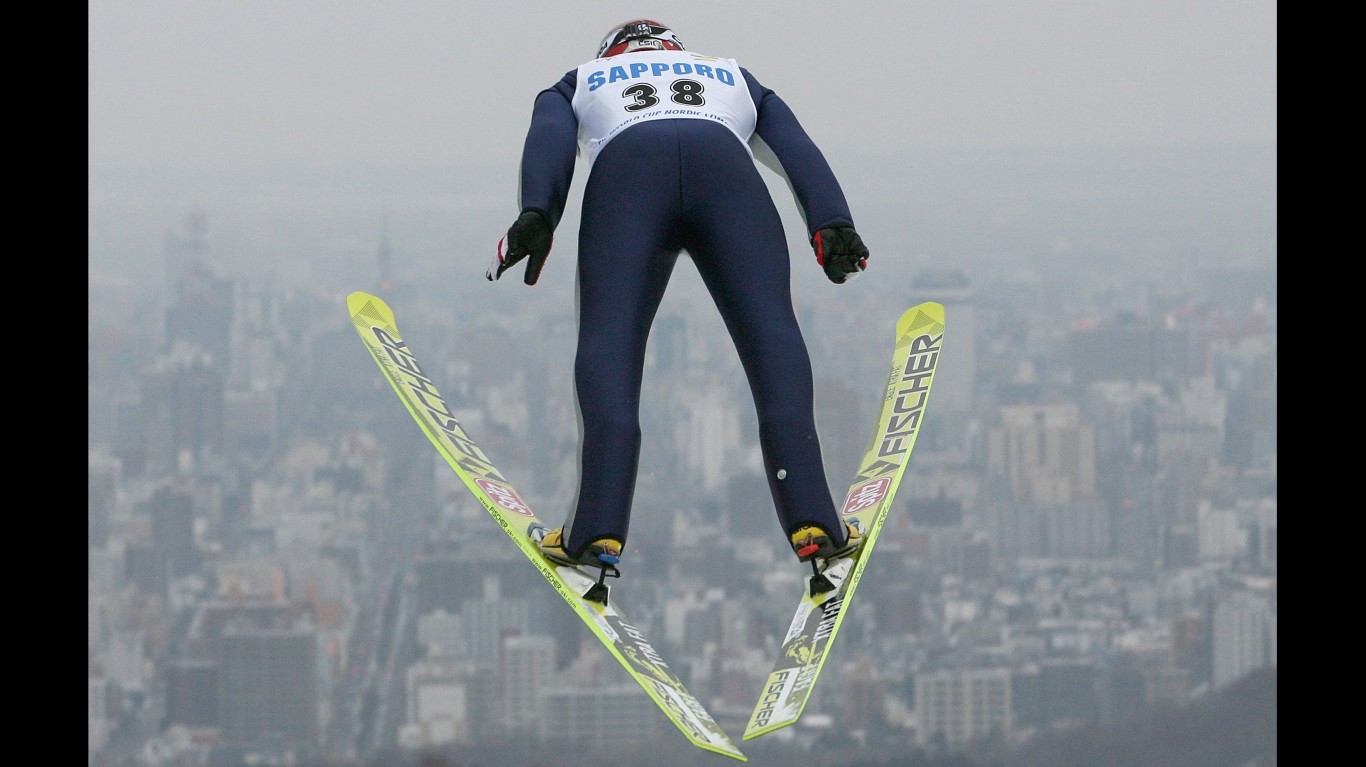
4. Sapporo, Japan
> Olympic Games: Winter of 1972
Since the end of the 1972 Sapporo winter games, the village site has been used as housing for local residents. Some of the venues have been used to host ski championships years later.
[in-text-ad-2]
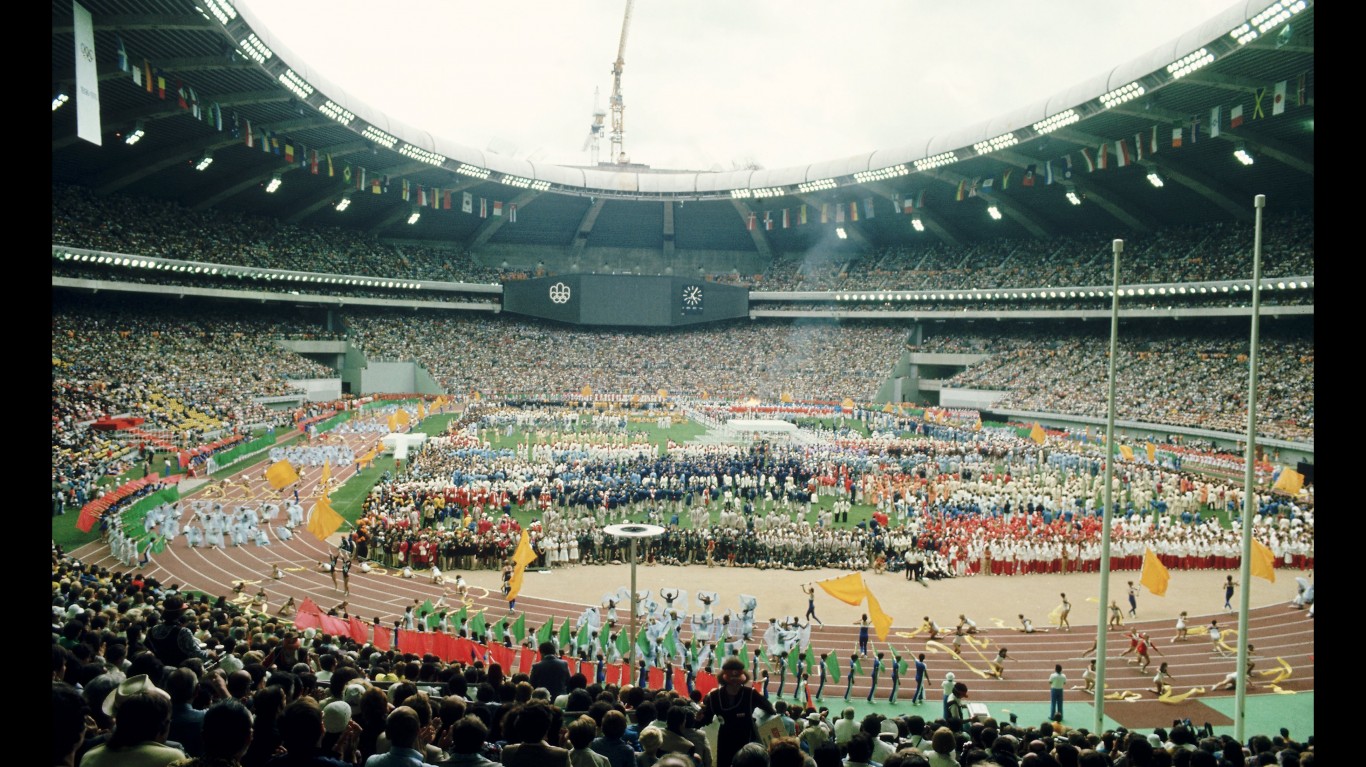
5. Montreal, Canada
> Olympic Games: Summer of 1976
Montreal’s Olympic Parc, the site of the 1976 games, has become an integral part of the city’s cultural and social life. More than 67 million visitors have made their way to the park, checking out the Olympic Tower Observatory, attending games and events in the stadium, or swimming and working out in the sports center. The velodrome has been transformed into the Montreal Biodome, with a zoo, botanical garden, and aquarium spread over five distinct ecosystems. And the Esplanade is a year-round destination, with seasonal attractions such as food trucks, live music, dancing, and a skating rink.
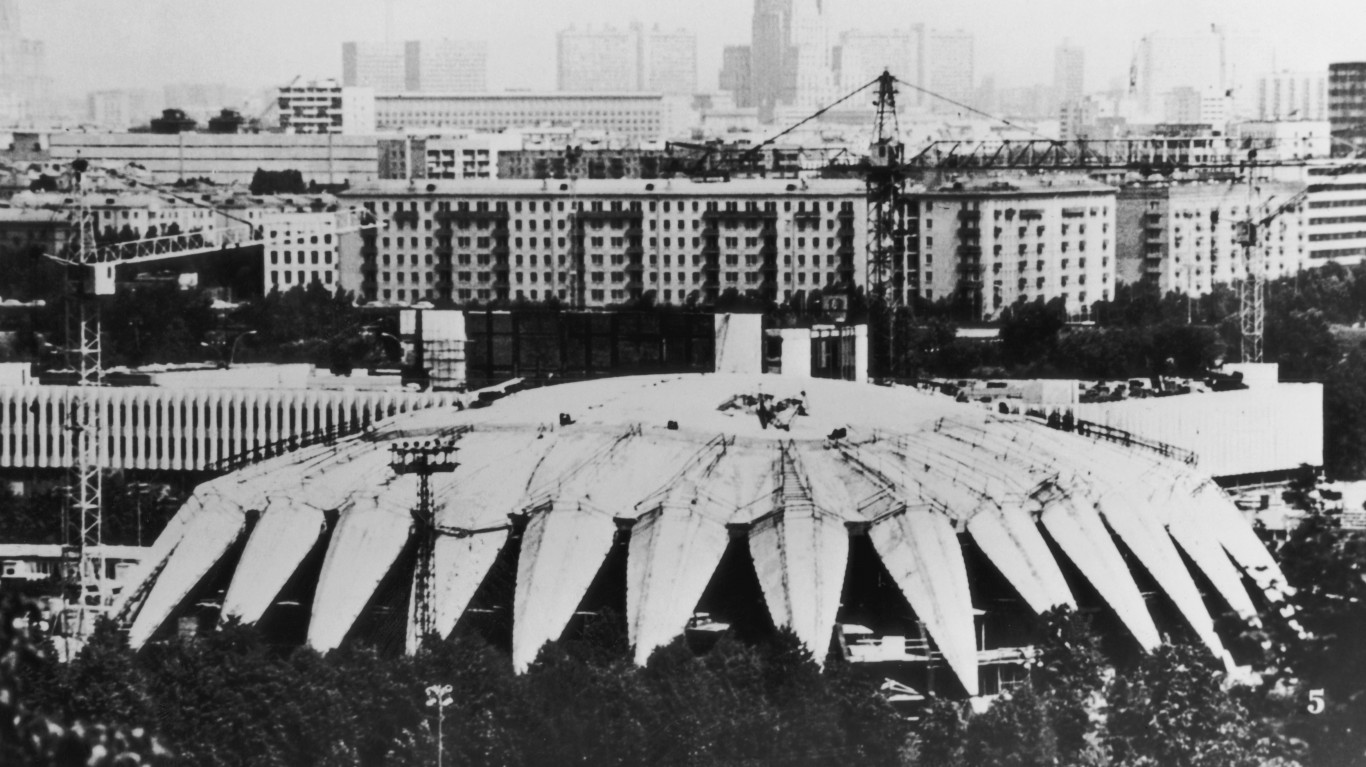
6. Moscow, Russia
> Olympic Games: Summer of 1980
Some Olympic venues live multiple lives. The Central Lenin Stadium in Moscow hosted the opening and closing ceremonies for the 1980 Olympics, plus some of the competitions. After a 1996 renovation, sporting events were still held in the arena, now known as Luzhniki Stadium, along with performances by the Rolling Stones, Michael Jackson, U2, Madonna, and others. The venue had another major face-lift circa 2014-2017, to prepare the site for the 2018 FIFA World Cup.
[in-text-ad]
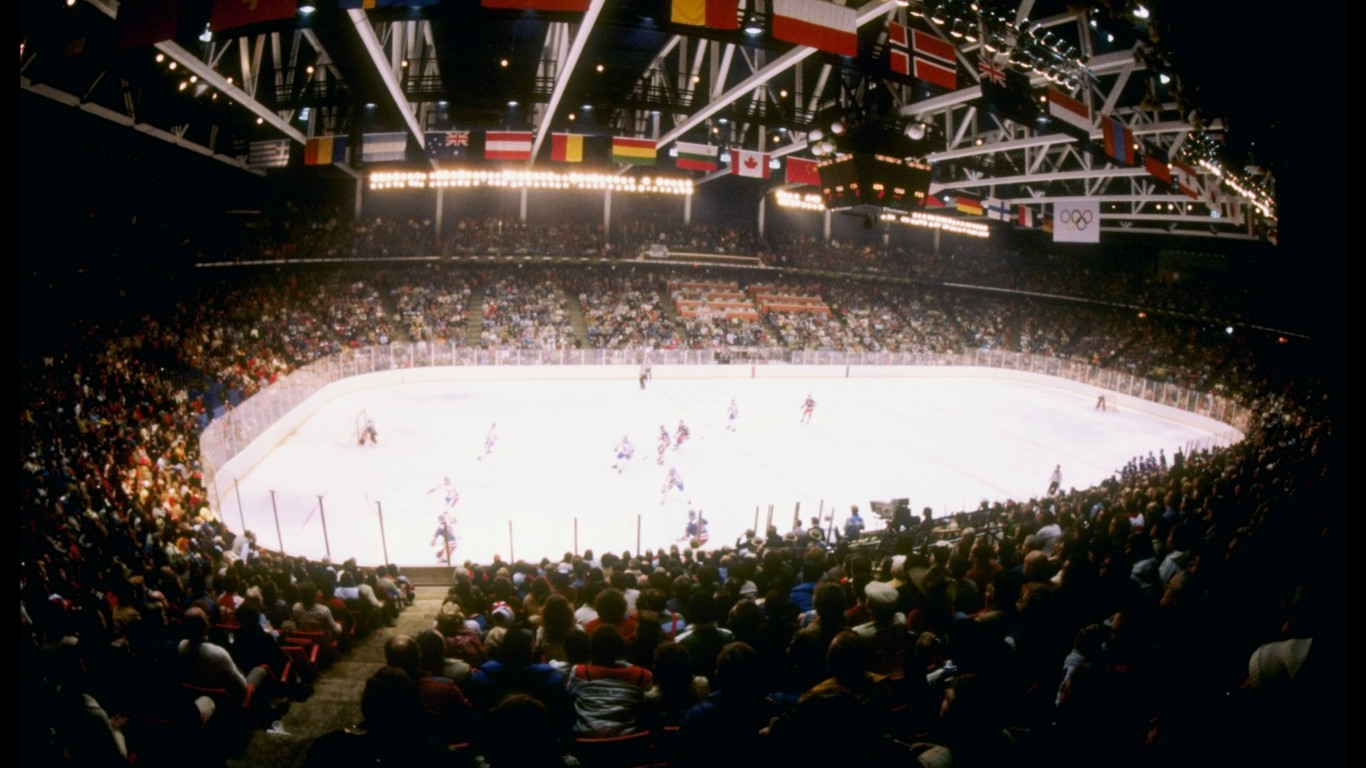
7. Lake Placid, New York
> Olympic Games: Winter of 1980
Lake Placid hosted the Winter Olympics in 1932 and 1980, and many of those facilities are still around. You can take a walking or bus tour of the Olympic venues and visiting the Olympics museum, or you can have a more hands-on experience. For example, you can ride on the bobsled/skeleton/luge track used in the games or ski the Olympic slopes or cross-country trails. Skaters can try out their moves in the sports center rink where the U.S. hockey team beat Russia — where the Miracle on Ice took place. Or it’s fine to take it easy and take an elevator to the top of the 120-meter ski jump for stunning views of the surrounding peaks.
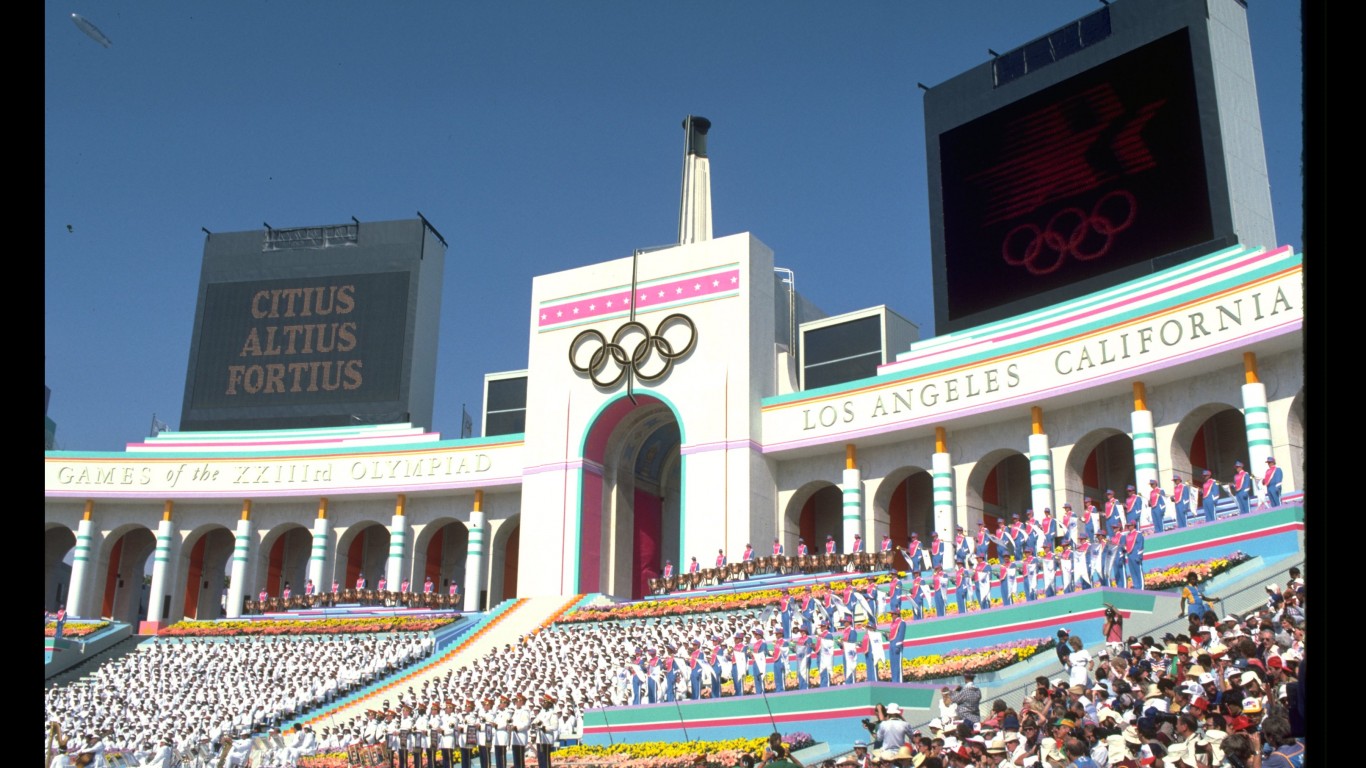
8. Los Angeles, California
> Olympic Games: Summer of 1984
Los Angeles took a unique approach to preparing for the Olympics in 1984. While it’s not unusual for host cities to construct everything from scratch, to the tune of billions of dollars, L.A. built just two new venues. Other existing facilities, such as Santa Anita Park, the Rose Bowl, and Dodger Stadium got mini-facelifts and dabs of some bright theme colors. After a couple of weeks of Olympic competition, the venues went back to business as usual, continuing to be used to this day.
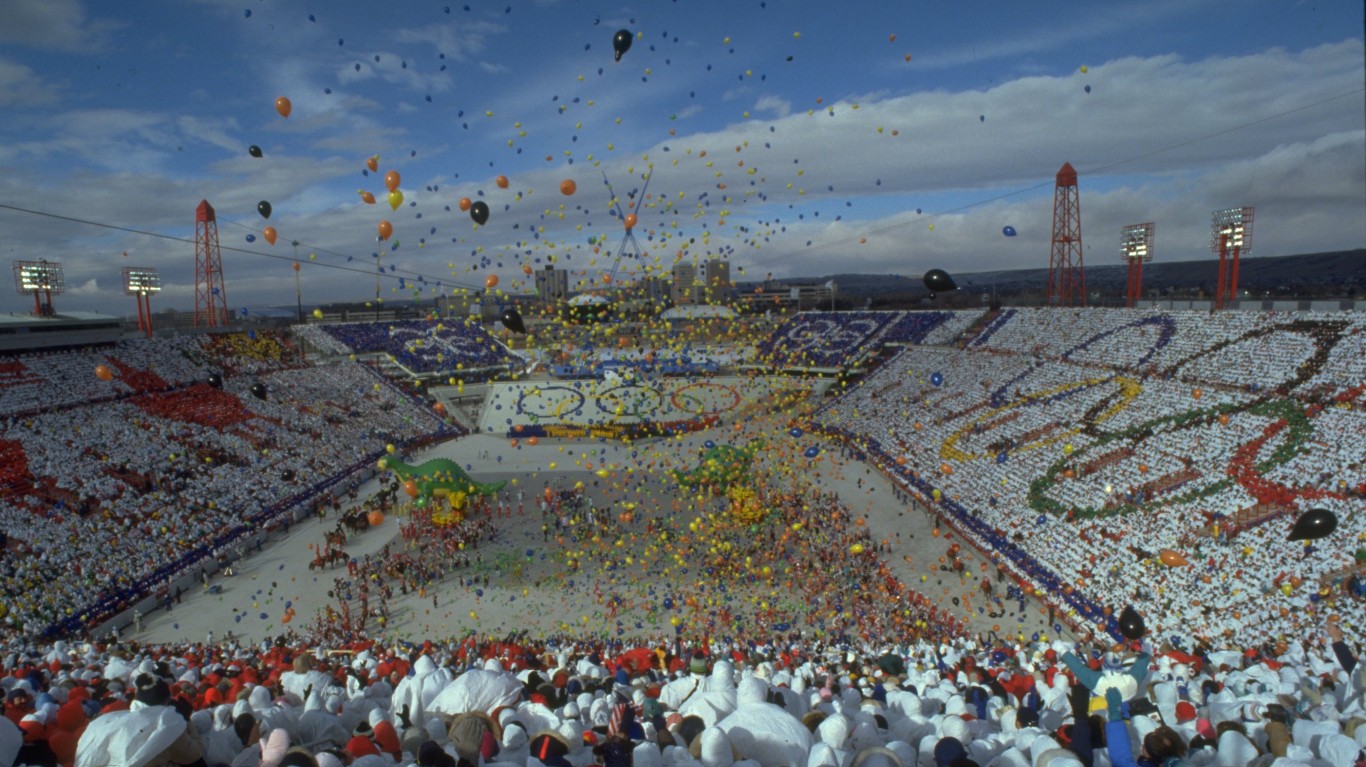
9. Calgary, Canada
> Olympic Games: Winter of 1988
Canada Olympic Park, the home of the Calgary 1988 winter games, continues to be a venue for winter fun and challenges. Tourists and locals can enjoy winter sports like skiing and bobsledding, and it’s also a training ground for high-performance athletes. The park has expanded its facilities to be welcoming year-round, adding trails for mountain biking, a zip-line, miniature golf, and a climbing wall.
[in-text-ad-2]
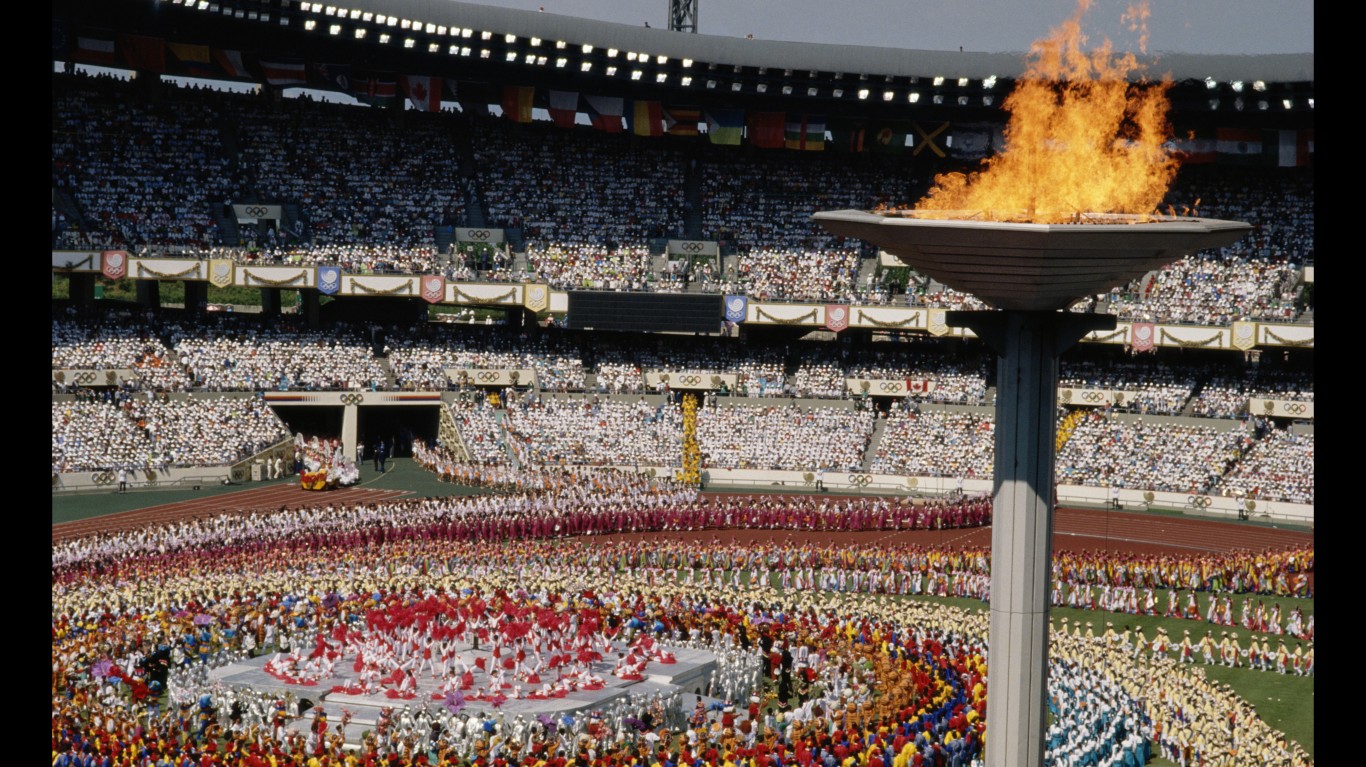
10. Seoul, South Korea
> Olympic Games: Summer of 1988
The 1988 Summer Olympics took place in Seoul, and the 1.4 square million meter park has been preserved and augmented. Olympic Park now has different zones designated for sports, history, art, and culture and is said to take more than three hours to explore. There are six stadiums still in use for sports and performances. A sculpture garden encompasses more than 200 works of art. Visitors can learn more about Korea by visiting a fortress and museum on the premises. The park also has space for jogging, skating, and working out, along with an intriguing-sounding acupressure path.
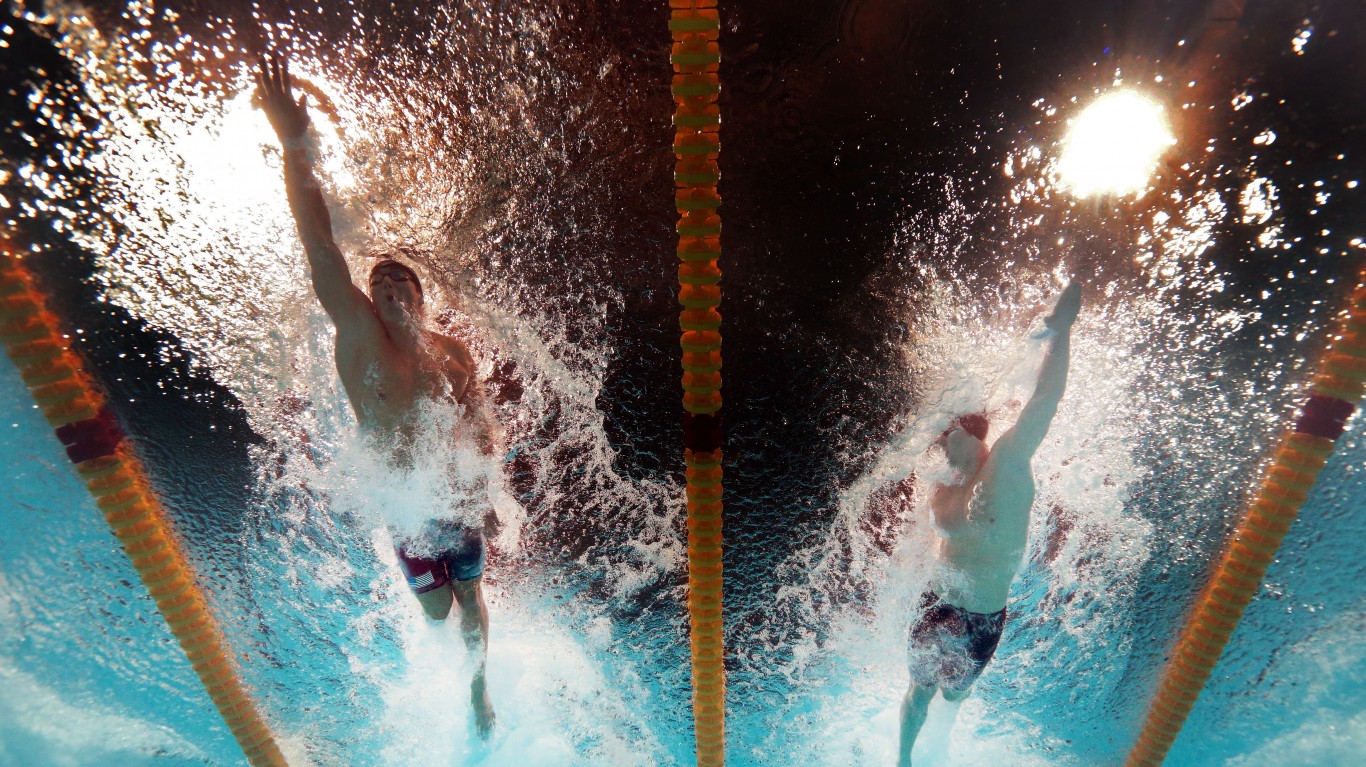
11. Barcelona, Spain
> Olympic Games: Summer of 1992
Barcelona’s approach for prepping for the 1992 Summer Olympics was as a major urban renewal project. The pool complex with views of Sagrada Familia still shines atop Montjuic. The Olympic Stadium, built for the 1929 International Exhibition and upgraded for 1992 is now a concert and event venue. But the legacy of the games is more widespread. The gritty Poblenou district — once considered one for the least inviting districts of this handsome city — was earmarked as housing for the Olympic Village, revitalizing the neighborhood.
[in-text-ad]
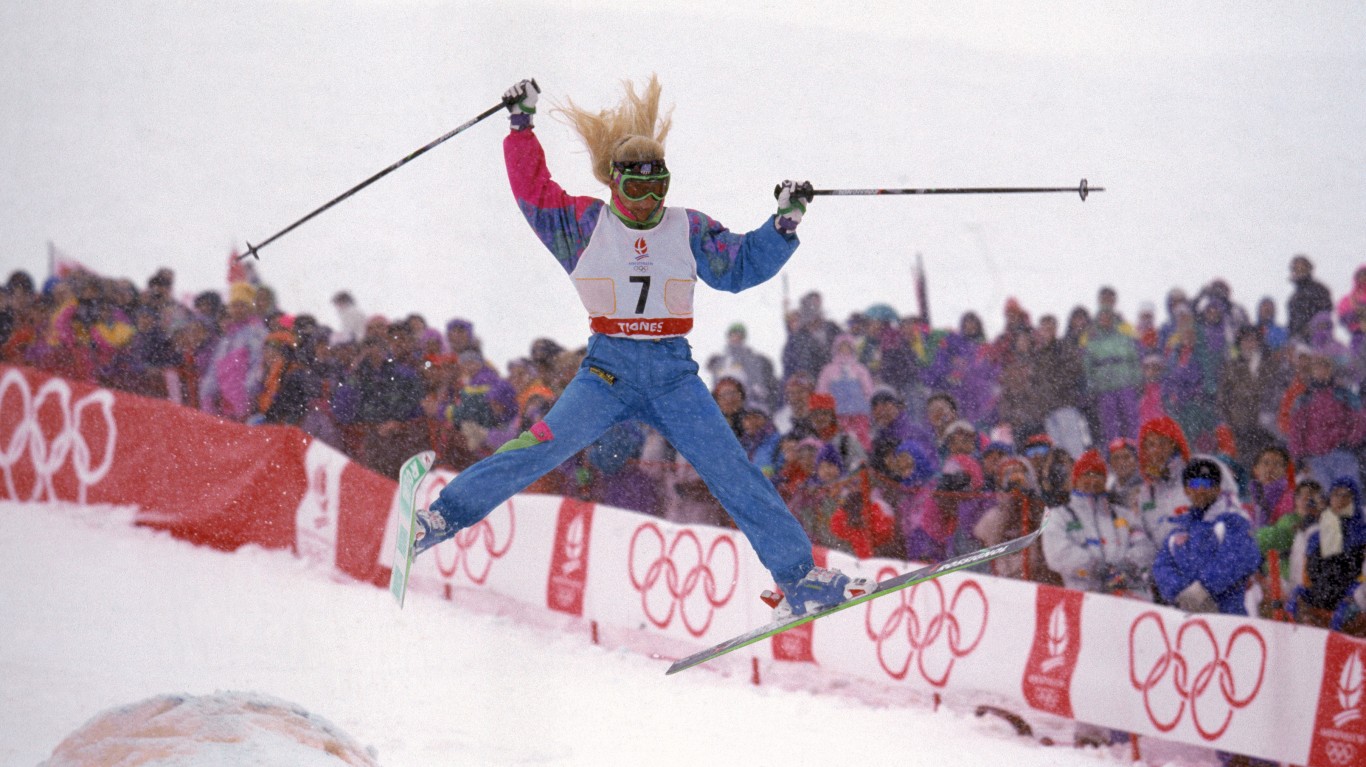
12. Albertville, France
> Olympic Games: Winter of 1992
Come to visit the Olympic site, and stay to enjoy the history, culture, and scenic vistas. The 1992 Winter Olympics in Albertville, France, may have taken place more than a quarter century ago, but that’s almost like yesterday in a town with heritage reaching back to Roman times. The House of the Olympic Games, a museum located in the 19th century Palais de Justice, contains memorabilia and history of the event.
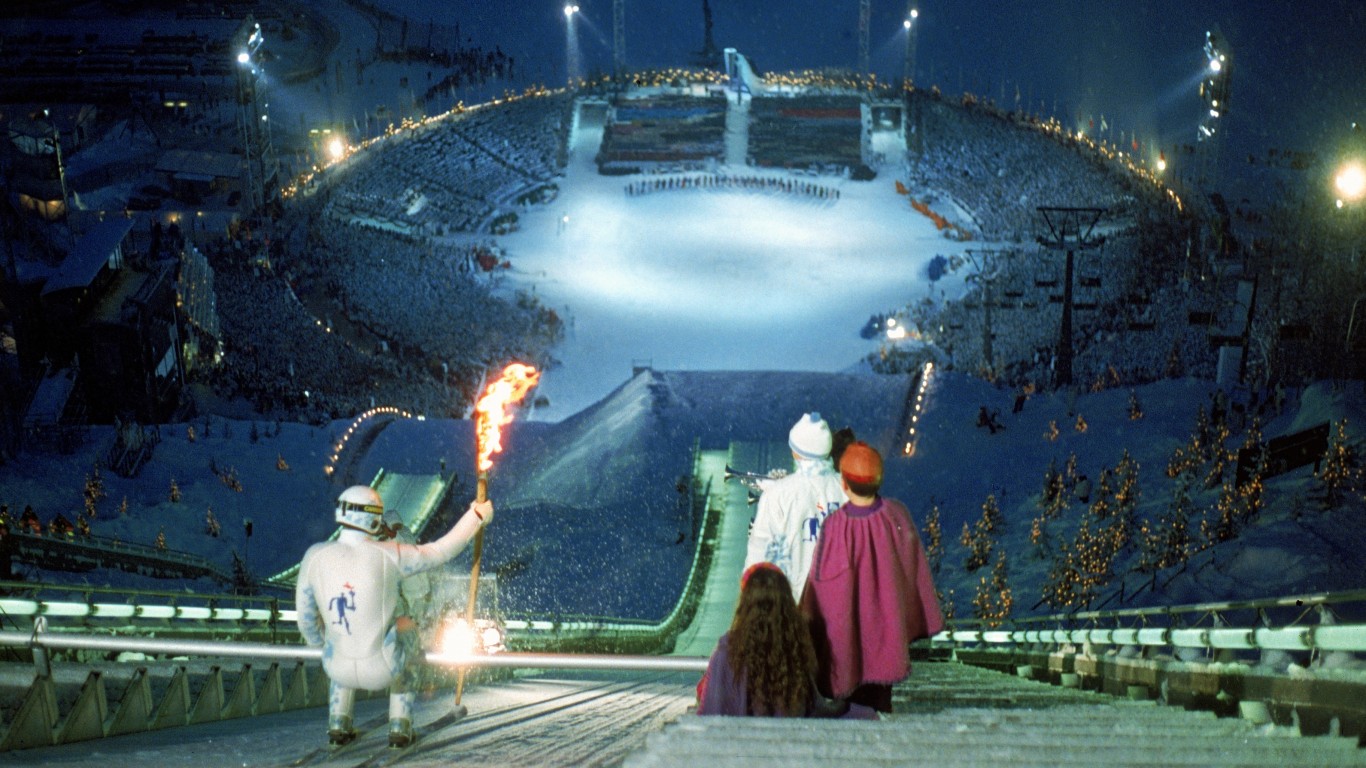
13. Lillehammer, Norway
> Olympic Games: Winter of 1994
These days, sustainability is a key factor on the Olympic Committee’s agenda. But 25 years ago, the Lillehammer winter games of 1994 were groundbreakingly green, with more than 20 environmentally wise projects, including changing plans for a site of a speed skating arena to protect a bird sanctuary. Even the Olympic medals were made of locally sourced granite. All of the venues built for the games are still in use, with an indoor soccer cup championship set for November and World Cup ski events on the schedule for December.
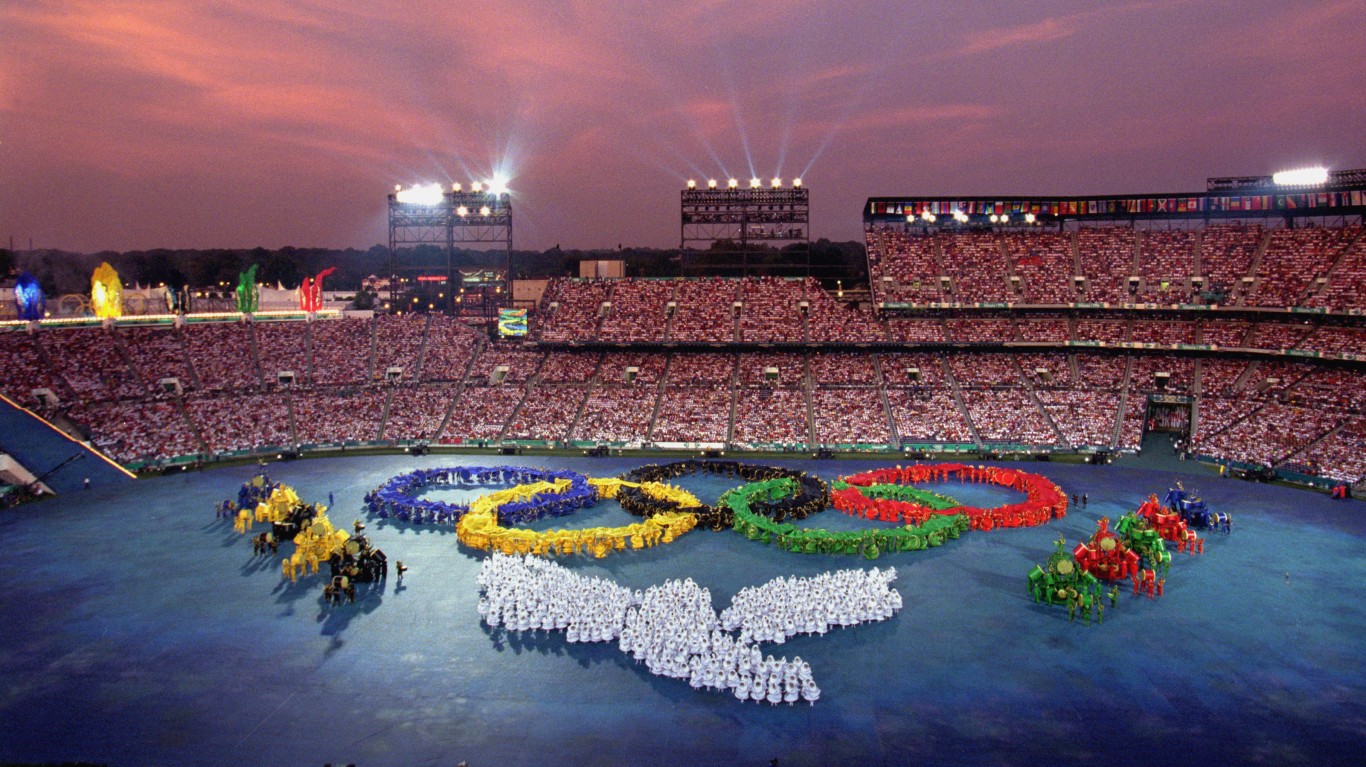
14. Atlanta, Georgia
> Olympic Games: Summer of 1996
The 20-plus-acre Centennial Olympic Park in Atlanta was created for the 1996 Summer Olympics and redesigned afterward for use as a city park. People continue to flock there — an estimated 3 million visitors arrive annually to stroll, listen to music, attend other events, or just relax and enjoy. Parts of the park are paved with thousands of commemorative bricks, purchased by individuals to fund the Olympic games, a pre-internet example of crowdfunding. The park’s Fountain of Rings commemorates the 1996 games and has become one of the most photographed sites in Atlanta.
[in-text-ad-2]
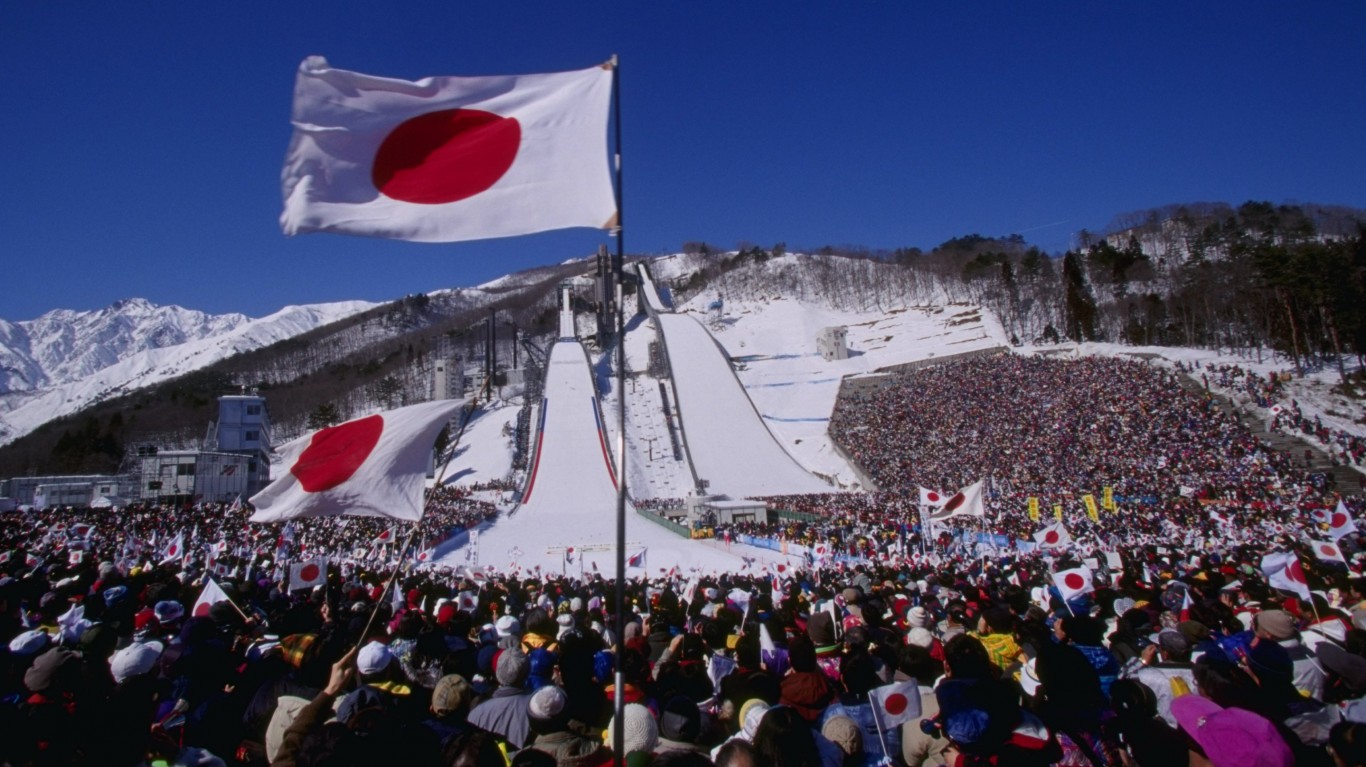
15. Nagano, Japan
> Olympic Games: Winter of 1998
Unusual architecture was the name of the game at the 1998 Nagano Winter Olympics. Many of the buildings created for the games are still in use for concerts, pro or local sports, and other events. They also continue to delight tourists. Among the most popular is the M-Wave museum, which displays the Olympic torch. The one-time skating center is now an Olympic museum, multipurpose arena and skating rink. The other venues are also in use, including the Olympic Stadium, where the opening and closing ceremonies were held; the White Ring, which looks like an enormous, silvery doughnut; and the Big Hat, originally used for ice hockey, and now used for concerts and other events.
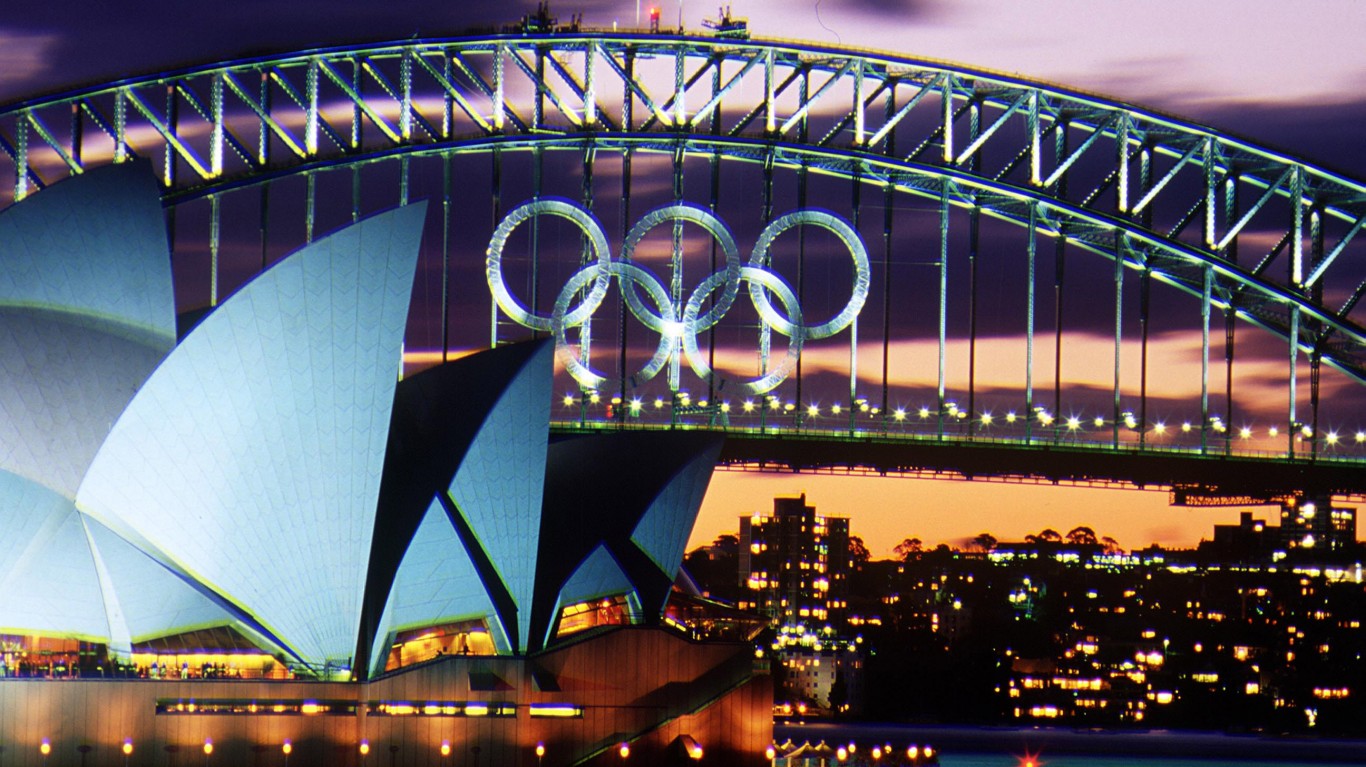
16. Sydney, Australia
> Olympic Games: Summer of 2000
Sydney hosted the Summer Olympics in 2000, and the Olympic Park created for the event continues to host visitors and events at numerous venues. The Sydney Showground contains space for conferences, filming, concerts, exhibitions, dinners, and more. Visit ANZ Stadium for rugby and concerts. The park contains an aquatic center, an archery center, a hockey center, and if none of them appeal to you, try the Qudos Bank Arena where Childish Gambino will be performing in July or Hugh Jackman in August.
[in-text-ad]
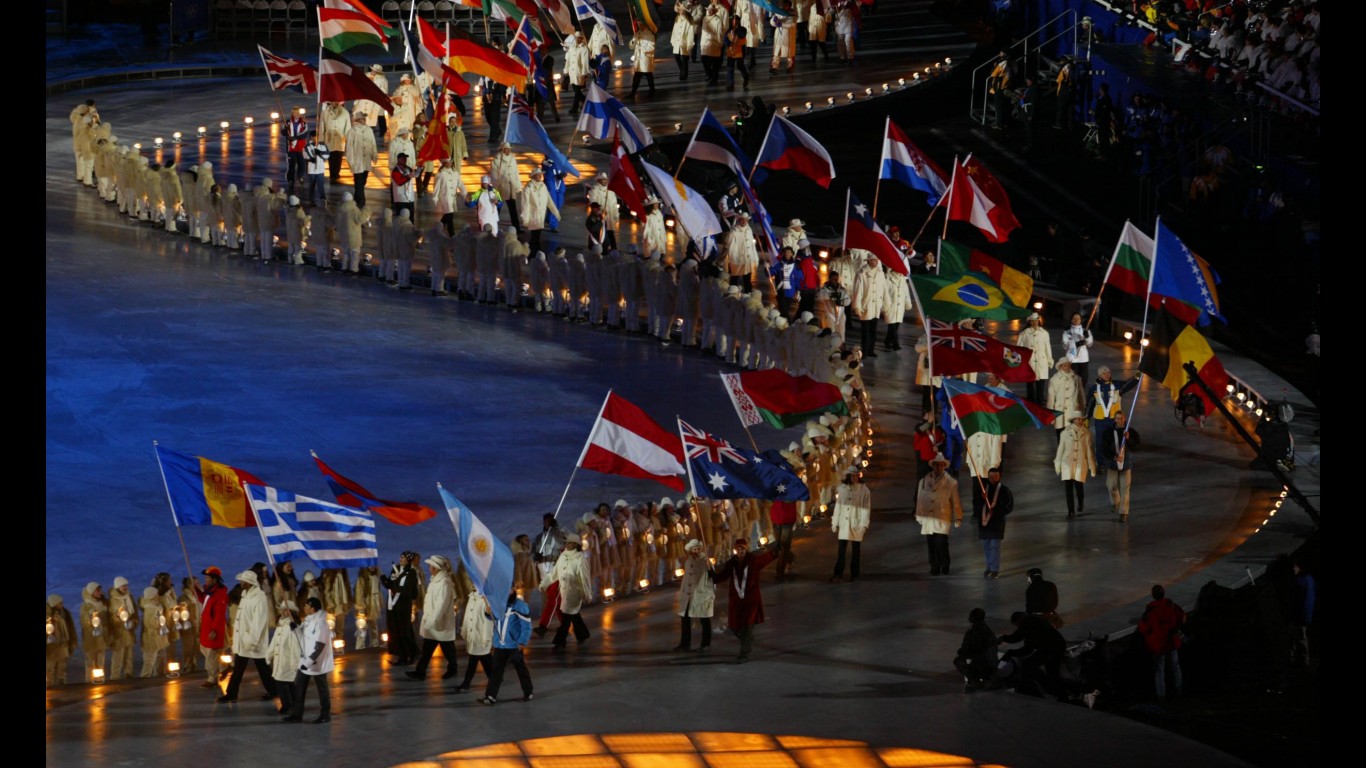
17. Salt Lake City, Utah
> Olympic Games: Winter of 2002
Carrying on the legacy of the Olympics was a priority after the winter games in Salt Lake City in 2002. Utah Olympic Park, used for luge, ski jumping, skeleton and bobsled competitions, is now a training facility for future competitors. The facility also contains some thrills for other visitors including zip lines, a G-force fast bobsled ride, and a drop tower. Ice skate under Utah’s largest disco ball on the Olympic Oval, or study curling, using stones used in the Olympics. Dining, shopping and special events are part of the Olympic Park fun.
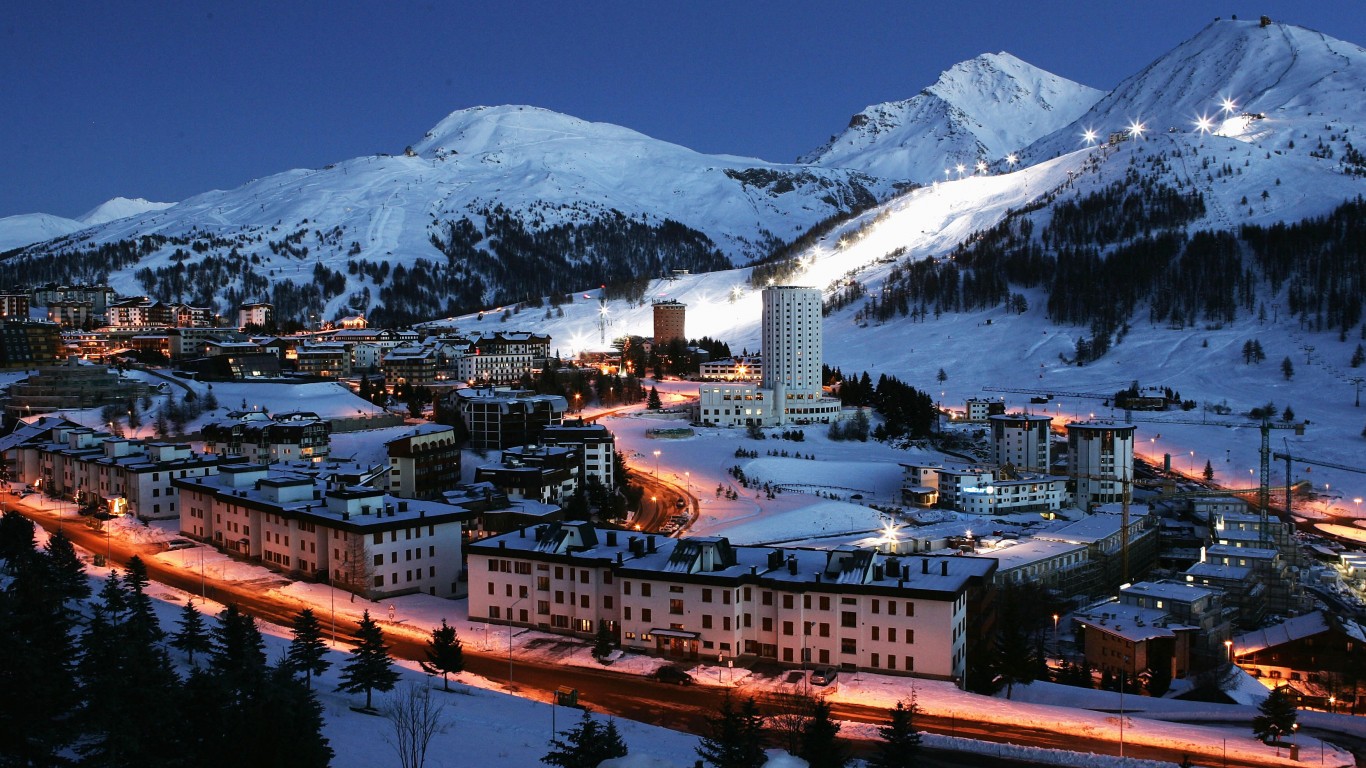
18. Torino, Italy
> Olympic Games: Winter of 2006
Torino, Italy, blended old and new in 65 housing, infrastructure, and event venue projects in preparation for the 2006 winter games. Olympic Stadium hosted its first event in 1933 and was extensively reworked for the 21st century. Since the Olympics, it’s been the home field for two of Torino’s soccer teams. Palavela, the site of figure skating and short-track competition, was used in 1961 for the centennial celebration of the unification of Italy; it still hosts competitions. Another historical building, Torino Esposizioni, was renovated for ice hockey. Many of the edifices remain in use today, for sports, concerts, conventions, and other functions.
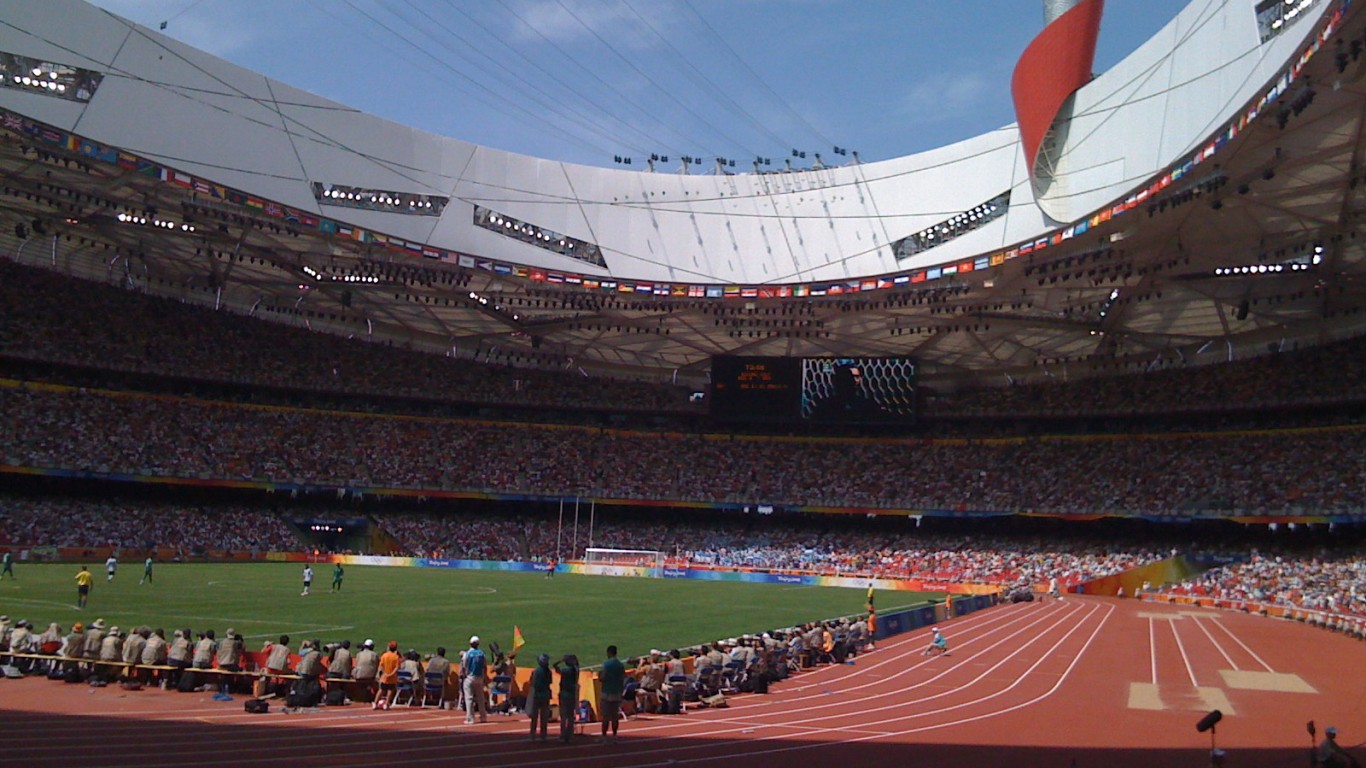
19. Beijing, China
> Olympic Games: Summer of 2008
Remember the Bird’s Nest? Created for the Beijing summer games of 2008, it was the main stadium and the site of numerous track and field events. These days, local and international sports events are held there, but come 2022 the Bird’s Nest will once again host the opening and closing ceremonies of the winter olympic games. Other venues in Beijing Olympic Park were converted to a “multifunctional activity center for the public” after the 2008 games.
[in-text-ad-2]
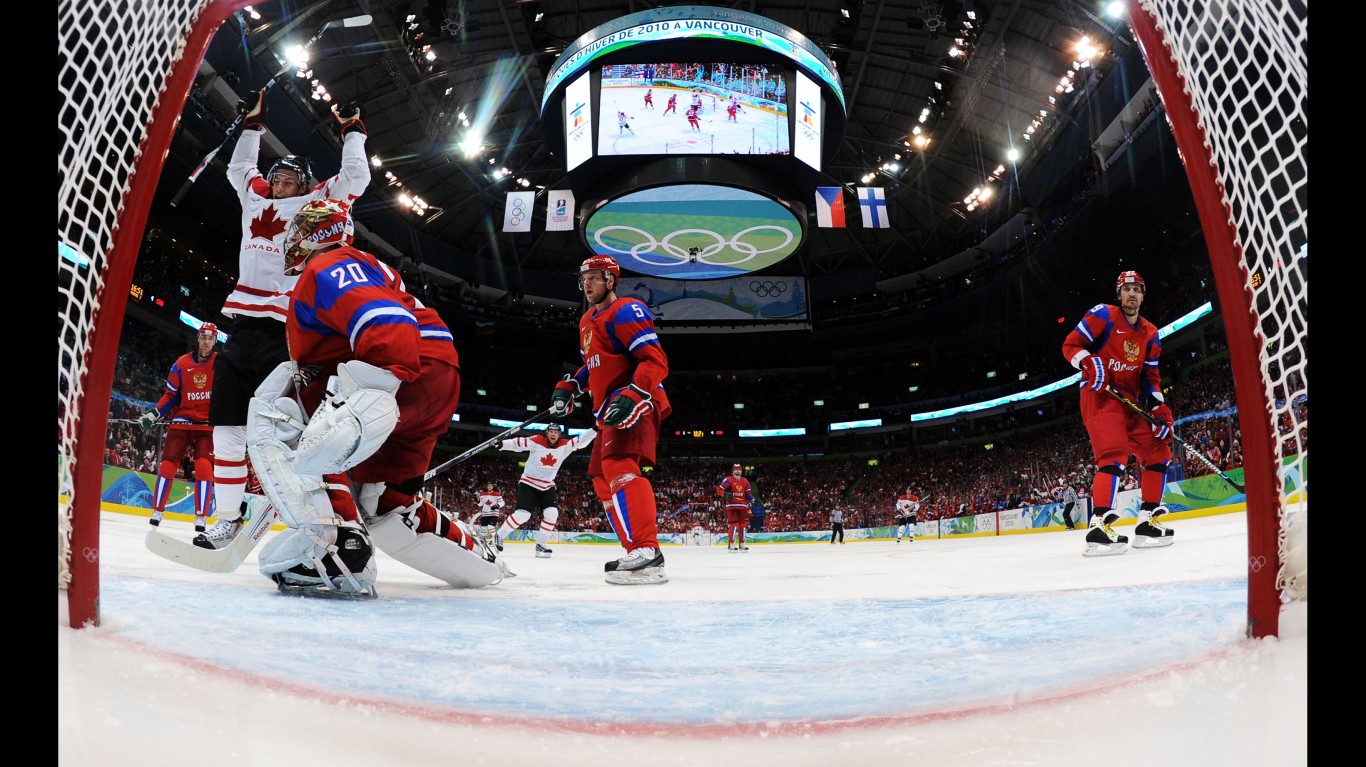
20. Vancouver, Canada
> Olympic Games: Winter of 2010
Originally known as Athletes Village, the site of the Vancouver 2010 Winter Olympics is now called ⦠Olympic Village. The area is bursting with opportunities for kayaking or rowing, biking along the water, or walking the circular trail to the opening ceremonies site. Other options include hanging out in Olympic Village Square, where the games took place; sipping craft beers or local spirits; or dining with a view, all great things to do without popping a sweat.
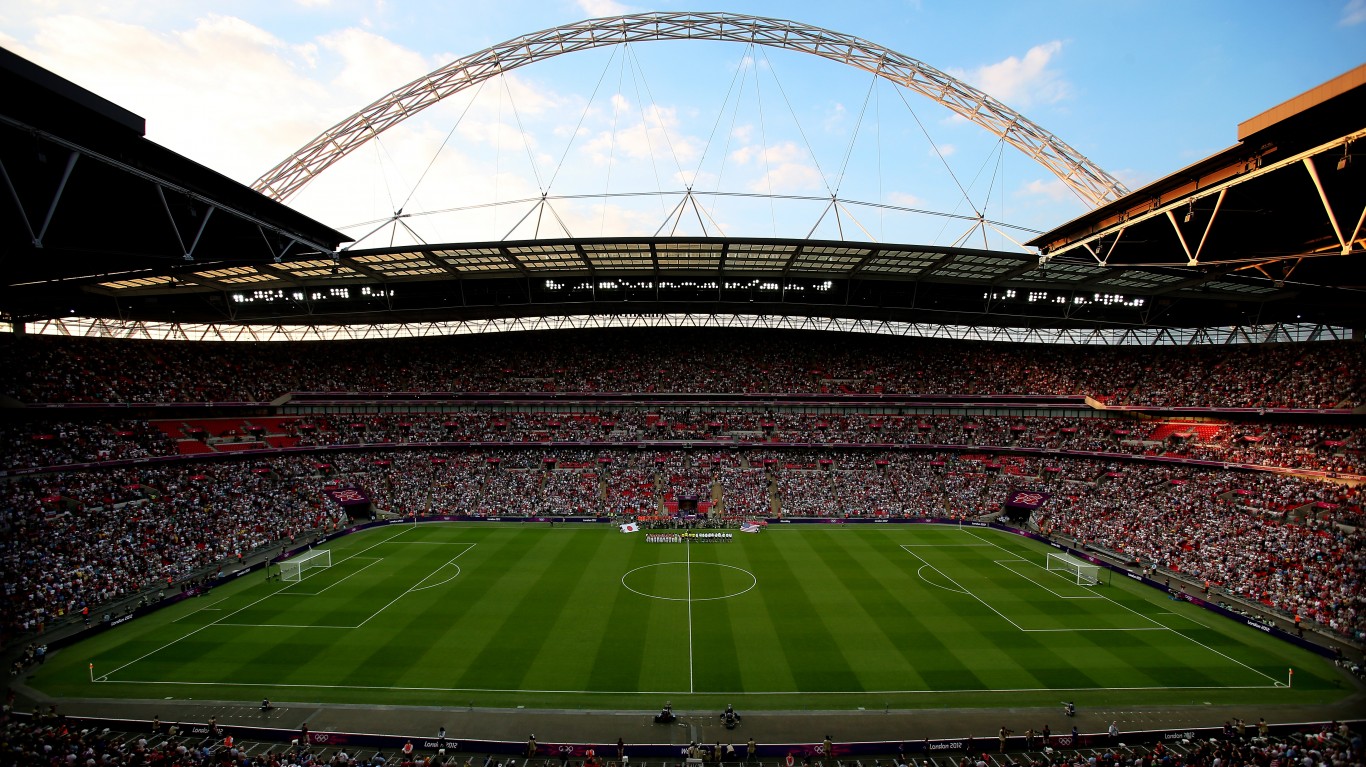
21. London, England
> Olympic Games: Summer of 2012
There’s never a dull moment at Queen Elizabeth Olympic Park, the site of London’s 2012 summer games. Olympians excelled at handball, modern pentathlon fencing, or goalball at the Copper Box Arena during the 2012 games, but now the building is open to the public and plays host to a variety of other sports, such as volleyball, badminton, and gymnastics. Competitive swimmers train at the Zaha Hadid-designed London Aquatics Centre, but it’s also available for lessons and family fun. There’s housing, cafes, cultural centers, and parkland on site, as well as the ArcelorMittal Orbit, which promises breathtaking views and a hair-raising 40-seconds slide with twists, turns, corkscrews, and steep drops.
Are You Ahead, or Behind on Retirement? (sponsor)
If you’re one of the over 4 Million Americans set to retire this year, you may want to pay attention.
Finding a financial advisor who puts your interest first can be the difference between a rich retirement and barely getting by, and today it’s easier than ever. SmartAsset’s free tool matches you with up to three fiduciary financial advisors that serve your area in minutes. Each advisor has been carefully vetted, and must act in your best interests. Start your search now.
Don’t waste another minute; get started right here and help your retirement dreams become a retirement reality.
Thank you for reading! Have some feedback for us?
Contact the 24/7 Wall St. editorial team.
 24/7 Wall St.
24/7 Wall St. 24/7 Wall St.
24/7 Wall St.


